-
移动社交
-
- 蒙盐手机站
- 蒙盐微信
-
Global Sites
-
Language
-
- 中文简体
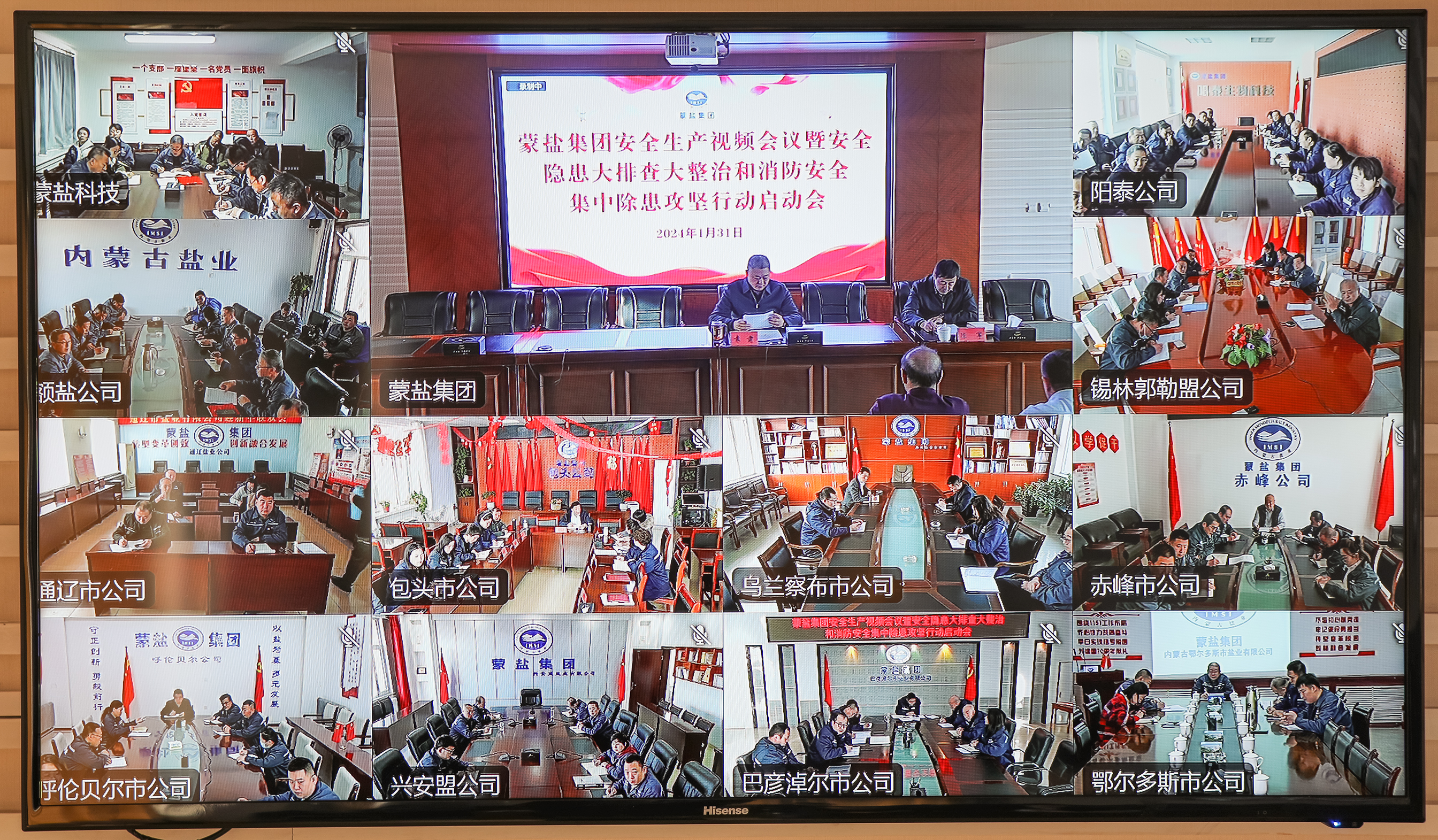
蒙盐集团召开全区安全生产视频会议暨安全隐患大排查大整治和消防安全集中除患攻坚行动启动会

蒙盐集团与呼伦贝尔农垦集团签署战略合作签约书

YABO.COM亚搏体育(中国大陆)科技公司,成功举办“爱我集团、绽放活力、积极向上、团结奋进”主题文化活动

蒙盐集团与森工集团签署战略合作协议
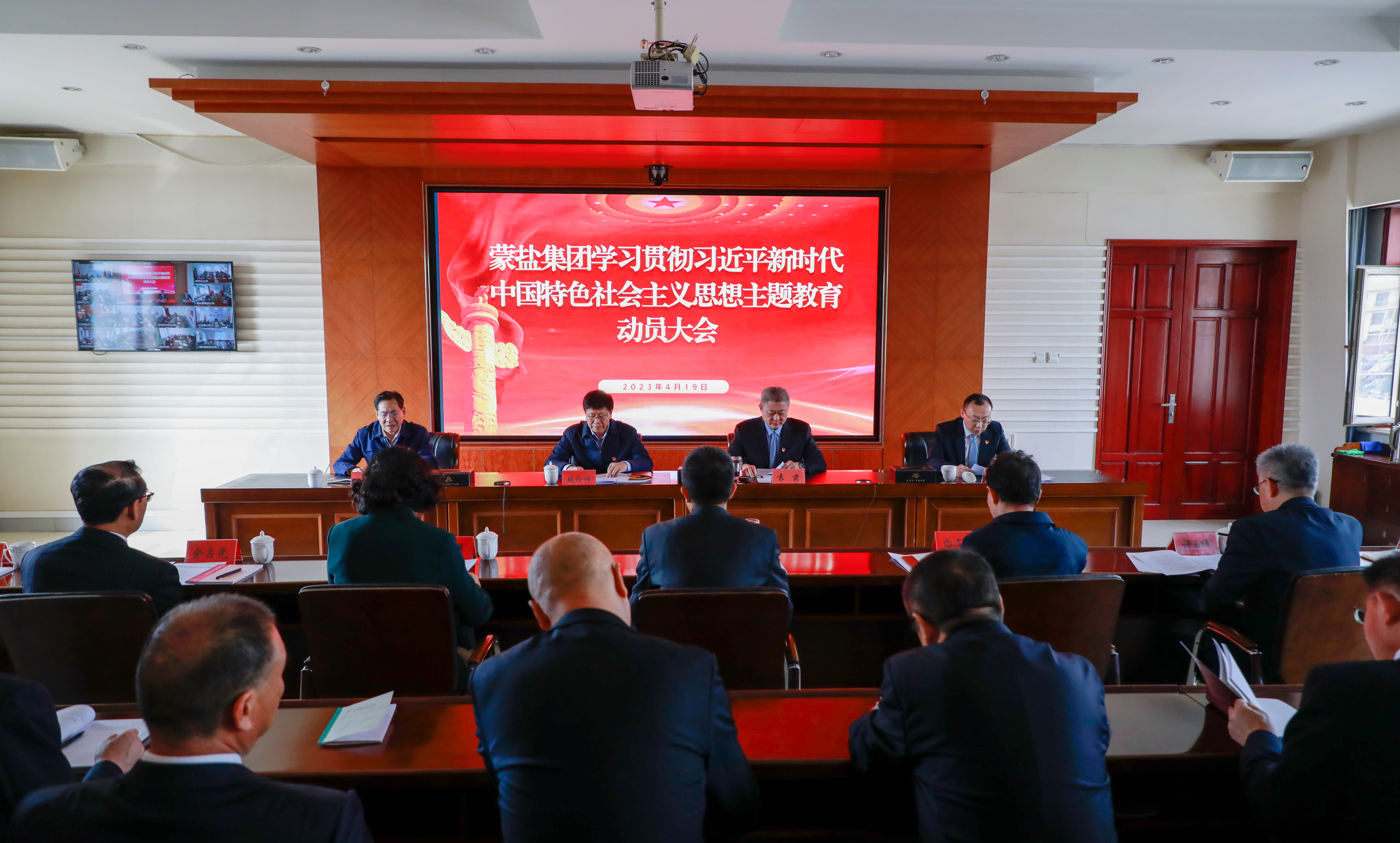
蒙盐集团召开学习贯彻习近平新时代中国特色社会主义思想主题教育工作动员大会

中国共产党YABO.COM亚搏体育(中国大陆)科技公司,第二次代表大会胜利闭幕
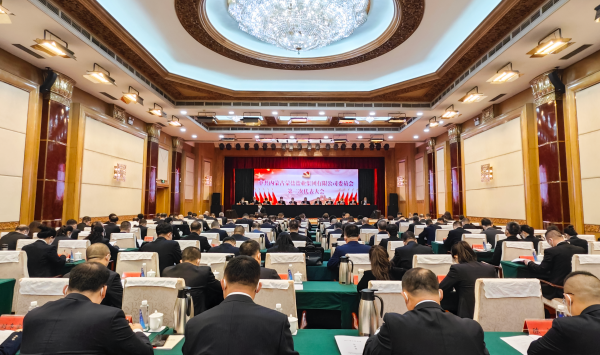
中国共产党YABO.COM亚搏体育(中国大陆)科技公司,委员会第二次代表大会隆重召开

喜迎二十大 建功新时代
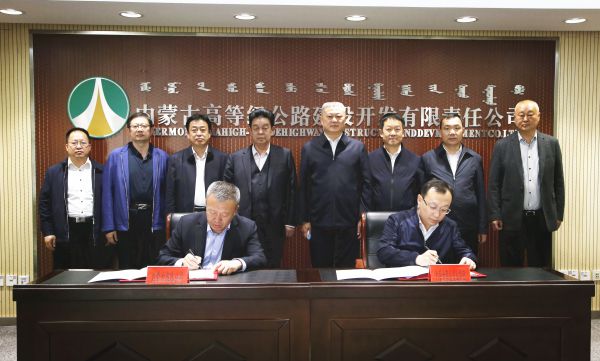
蒙盐集团与内蒙古高路公司座谈并再次签署战略合作框架协议
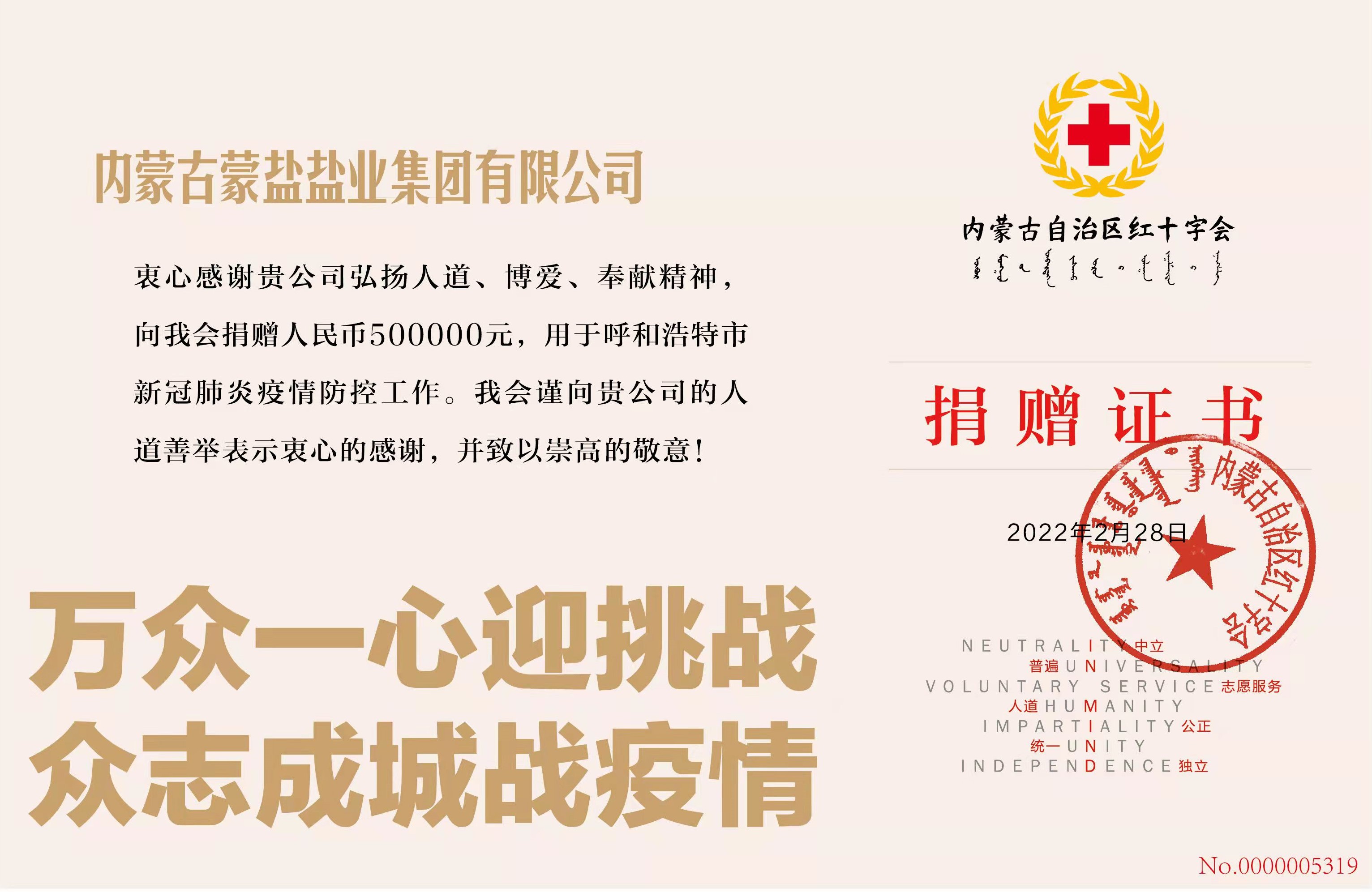
蒙盐集团公司捐款50万元支持呼和浩特市疫情防控工作